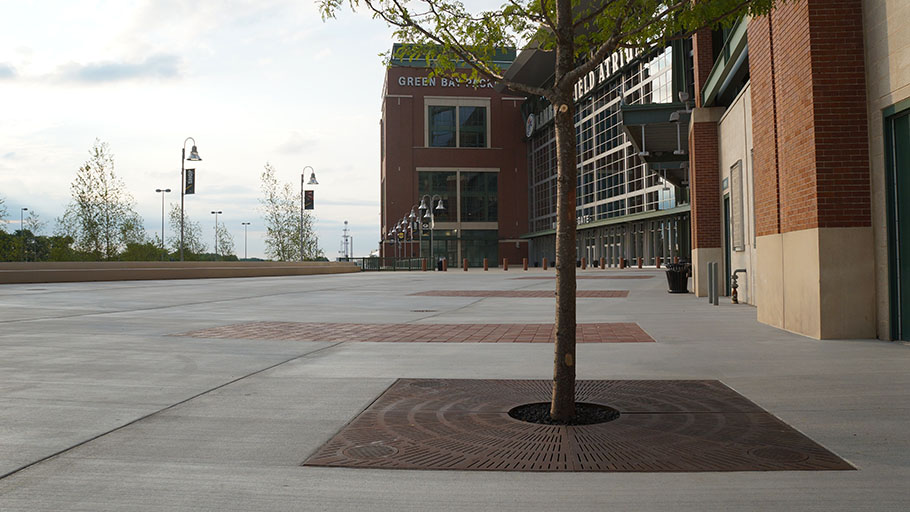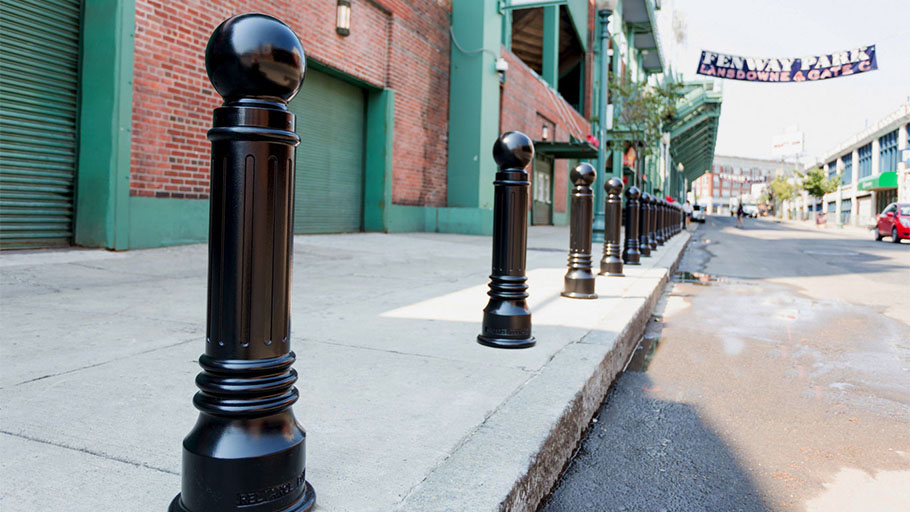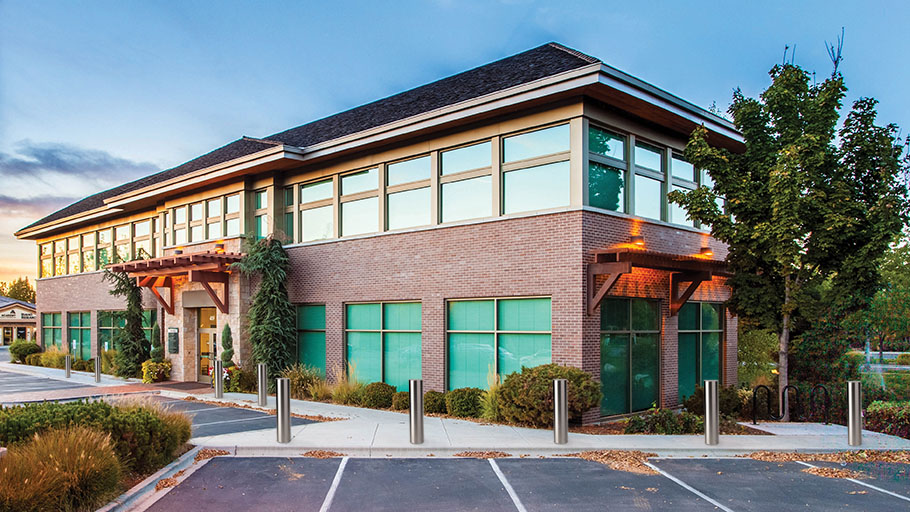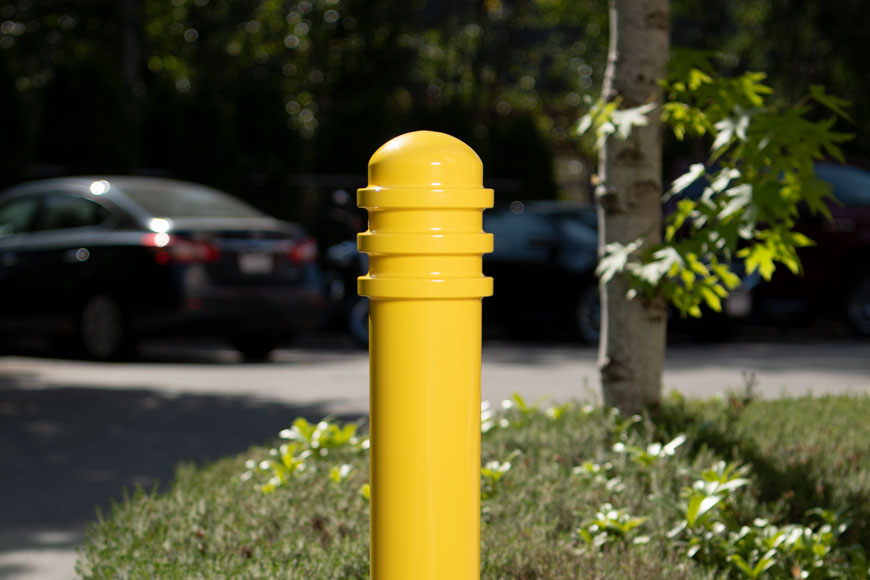Skatepark design and landscape architecture
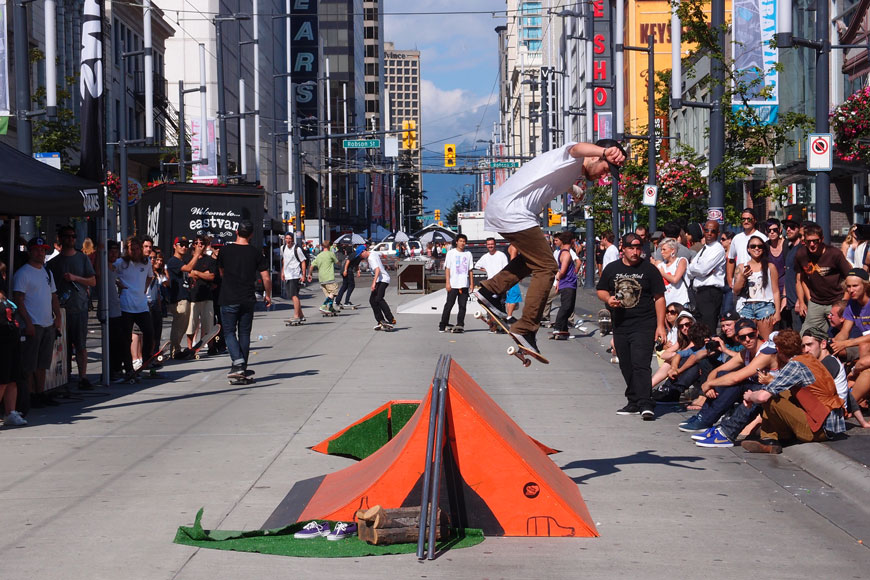
When children latch themselves onto something active and free like skateboarding, this shouldn’t be automatically disapproved of and attempts made to shoo them out of here or there. No, [skateboarding] is a healthy thing. There are some places where that this has been recognized, good places provided to do their weird skateboarding things. That’s part of freedom.Jane Jacobs
Skateboarding is a popular sport with a committed following. The activity combines exercise and art. A unique combination of exploration, community, challenge, and freedom mean that skateboarding can attract kids who do not enjoy participating in team sports, or for whom the financial burden of team sports is too high. Skaters are free to explore the urban terrain how they want, while exercising.
With children being increasingly drawn to screens and sedentary play, boarding is an effective way to encourage movement. Skateboarding can burn an average of 150 to over 222 calories in just a 30 minute period. The benefits of regular physical activity are well documented. According to the Centre for Disease Control, regular physical activity can help reduce the risk of cardiovascular disease, obesity, and some cancers; increase your overall chances of living longer; and improve your mental health; among many other benefits. Creating spaces that encourage physical activity is not just an investment in exercise, it creates healthier communities that require less care in the future.
Boarding also offers intellectual benefits. Practicing new tricks is a great way to learn creativity, perseverance, and resilience to failure. Often, skateboarders will attempt a single maneuver hundreds of times before it is landed.
Skateboarding is also great for giving participants a strong sense of belonging and community. Skaters come from all backgrounds and can relate to one another through a shared experience. Many schools around the world are starting to see the benefits of skateboarding and are including it in their curriculums and after school programs. One of the most successful initiatives is Skatistan, an award-winning non-profit organization that empowers youth in developing countries through education and skateboarding.
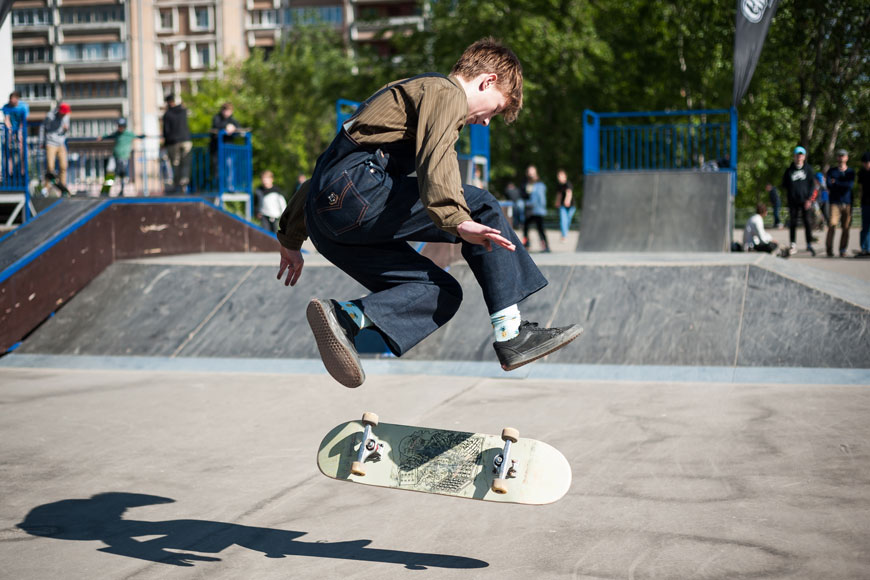
Skateboarding’s public image
Even though boarding offers all these benefits, there can be a lot of resistance to the sport in urban places.
John F. Kennedy Plaza is just one example of how skateboarding is seen by many cities. Better known as LOVE Park in Philadelphia, the park was once home to rampant drug and gang activity. However, skateboarders found the endless marble ledges and smooth ground very appealing and began skateboarding at the park in droves. Workers in the tall buildings that surround the downtown park observed the young skaters feeling safe enough to use the space, and eventually began using it themselves. Soon, almost everyone felt safe to use it again. However, despite the skateboarders’ role in the revitalization of the park, after the more affluent visitors arrived, the city did not allow the skaters to continue using the park. Council enacted a total ban against skateboarding in the space. Edmund Bacon, the former Philadelphia city planner and founder of the park (and, yes, the father of actor Kevin Bacon), publicly protested against the ruling by skateboarding through the park at age 92. Eventually, the park as skaters knew it was destroyed, and the iconic piece of skateboard history lost. Today, the area is home to a new park, which has been criticized for lack of originality and character and has been described as a “featureless plateau.”
Oftentimes, skateboarders are perceived as a counterculture and as general nuisance to society. However, in recent years, a shift of opinion has begun. Skateboarding has worked its way into mainstream culture—from being heavily influential to fashion and music—to coming as far as being a legitimized “sport” in the 2020 Olympic Games.
With such a large, international platform, people from diverse backgrounds and places are newly interested in skateboarding. Municipalities and cities will look to landscape architects and urban planners for ways to encourage skateboarding in more safe and creative ways. However, skateboarding is not like other, more traditional, Olympic sports. Skateboarding is an art form, in which the skateboarder interprets diverse range of urban terrain through movement. While skateboard parks are great at accommodating certain skateboarders, many still consider skateboarding in streets as the “real thing.”
Skateboarding in a skatepark is like rock climbers using a climbing gym: it is a controlled, prescribed environment that is great for progression. However, skateboarding in cities is like rock climbing on a mountain—it’s authentic. Skateboarding in a city requires thinking of a place in a new way.
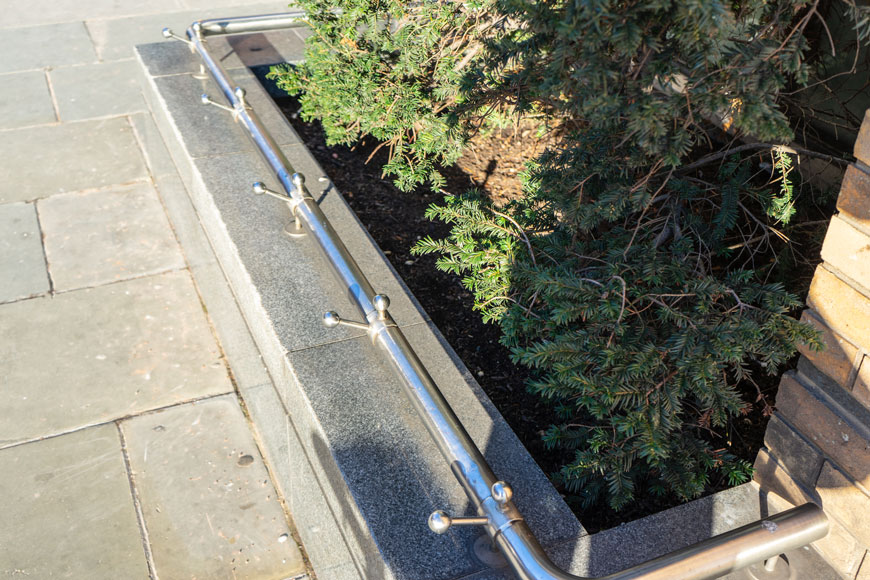
Skateboarding criticisms
There are many fair criticisms of skateboarding in urban spaces. It can be noisy and destructive to property, and skateboarders may potentially harm themselves or other pedestrians.
Many cities attempt to deter skateboarding and other “non-desirable” activities with hostile architecture. This architectural practice uses environmental design to mandate the use of space, by creating areas where sleeping is impossible, or skateboarding tricky. Oftentimes, it is used to design spaces to exclude certain groups of people, such as the homeless, a practice that is often criticized. This type of design prioritizes one group over another. Hostile architecture creates environments of exclusion, and sets intention: this is not free outdoor space, but space that is under control. This leads to tension and limits creativity. When hostile architecture is installed, many people feel like they cannot stay long or do not belong, even if they are not within the group the architecture is set to discourage. Further, excluding some groups removes organic extended interaction between people. This leads to less vibrant, connected communities. Hostile architecture practices are also criticized because they do not treat the root causes of issues like homelessness, instead merely combating the symptoms.
Contrary to the fears from those who support hostile architecture practices, skateboarding has been shown to liven up urban environments and creates hybrid, dynamic spaces. With different groups of people in one space, proper traffic management and building products and inclusive design practices become crucial for success. Cities around the world, such as Paris, Malmo, Copenhagen, London and Los Angeles are beginning to embrace skateboarders as part of their cities’ cultures and are creating multi-purposes spaces that do not have a predefined usage. Malmo and Copenhagen even have official “Skateboard Coordinators” to find ways to incorporate skateboarding in city design and infrastructure.
Should skateboarding be banned in public spaces?
According to Ocean Howell, an associate professor at the University of Oregon, incorporating skateboarders into public spaces can be used as a community reactivation tactic. In many cases like LOVE Park, skateboarders helped bring in a range of creative individuals, as well as improved at-risk areas that previously were known for drug activity and theft. However, utilizing skateboarders as a tactic to reactivate or revitalize a community must be monitored carefully and should be done in partnership with the municipalities, so they don’t displace current populations.
Another example of skateboarders helping revitalize an area is in Paris. Once a glorified roundabout, designers from TVK, an architecture and urban planning company from France, transformed Place de la Republique into a thriving multi-purpose space. When commenting on the design process, TVK stated they:
…expected to see skateboarding and we asked around to try to get a sense of how the skateboarding community might react, but we did not specifically design anything for skateboarding. Our principle was simply to not preclude activities. We worked hard to achieve a design that would not go against any specific type of use. Everything we hear is that the skateboarders coexist well with the other users.Pierre-Alain Trévelo, TVK
According to Gustav Eden, the official Skateboard Coordinator of Malmo, Sweden, in an interview in Free Skate Magazine, skateboarding helped create social hubs by reinterpreting previously underutilized public spaces. Sometimes, all it took was adding a few granite benches to squares that helped unite neighborhoods and give kids a place to go.
In another interview by Acclaim Magazine, Eden describes how incorporating skateboarding into urban design in Malmo lead to all people gaining better appreciation of their city and the people who live there. By activating dormant spaces and creating opportunities for different groups to interact, skateboarding enabled the city to create a stronger sense of community. Previous, underutilized spaces that had issues with crime suddenly became home to vibrant, engaged communities. Skateboarders and businesspeople both learned that skateboarders had the same right to skate a bench as they did to sit on them.
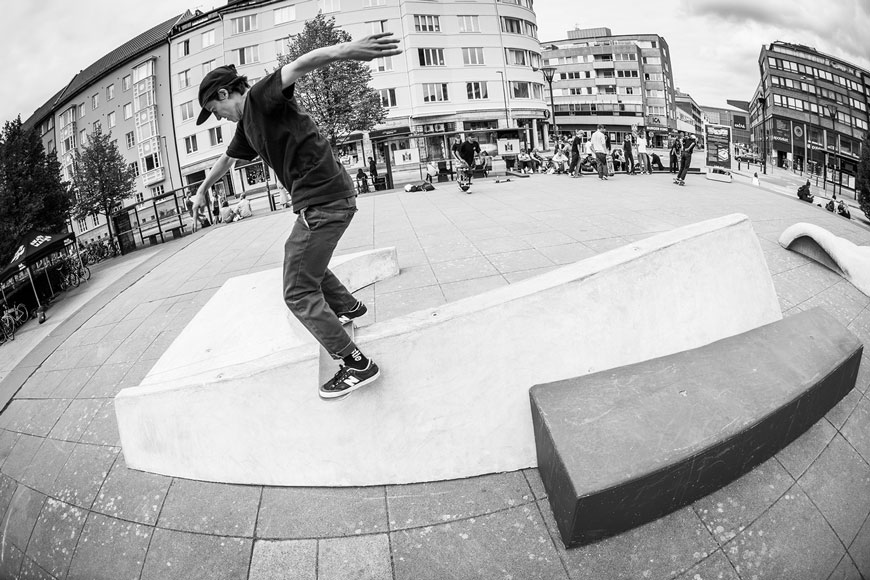
Cities like Malmo and Copenhagen found they had an influx of tourism and exposure due to their attractive skateboarding environments. Competitions such as the world-renowned Vans Park Series held the first ever World Championship Final in Malmo, Sweden, and the city has continued to host Vans Park Series world events in the subsequent years. This is one of the largest skateboarding events in the world, and sets the stage for who will go to the 2020 Olympics for skateboarding. Gustav Eden also noted in an interview how they have seen an influx in families, generally with kids who skateboard, travel to Malmo throughout the year to skate their spots. Places like Southbank in London and MACBA in Barcelona have also become cultural hubs that bring in tourists part in due to skateboarding.
Mitigating space conflict and ensuring a safe environment
The question about where to create skateboard-friendly spaces is just as important as where not to make them.
You would do more damage than good by placing the best ledge in town by the busiest footpath. Instead, you want to look at the existing design and try to find where skating would work and what would make it work even better.Gustav Eden, Official Skateboard Coordinator of Malmo, Sweden
It is important to create a space that can be used by everyone. Good multi-purposes spaces should include bollards to create visual barriers between skateboard areas and busy pedestrian and/or vehicle traffic, without cutting-off either space. Rue Leon Cladel Alley Skatepark in Paris does a wonderful job at using bollards to help clearly define the space without blocking or restricting pedestrian, cyclist, or skateboarder access. Detectable warning plates may also be necessary as a means of alerting those who are visually impaired that they may be entering a dangerous space.
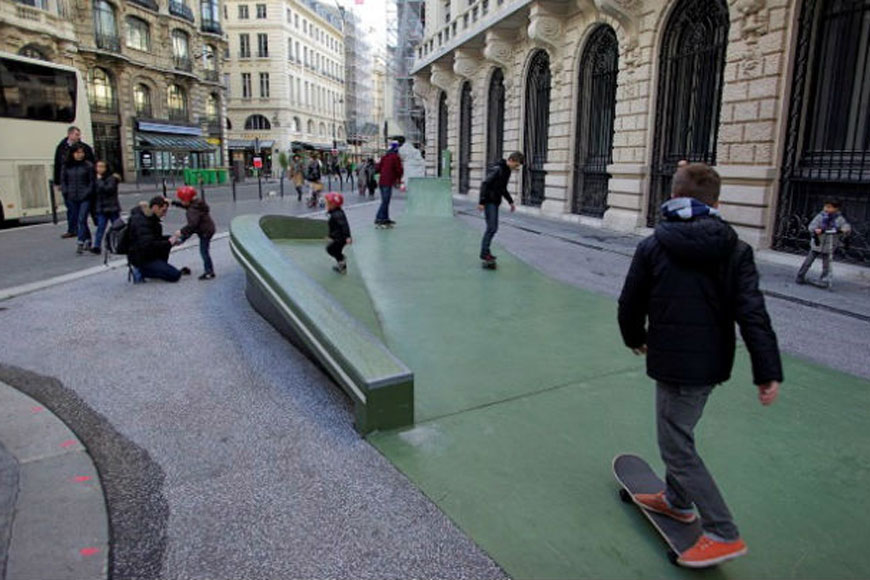
Proper materials are also crucial. Durable materials that can last through the grinding and sliding of skateboards, like steel and granite, will support a successful streetscape.
Skateboarding and people
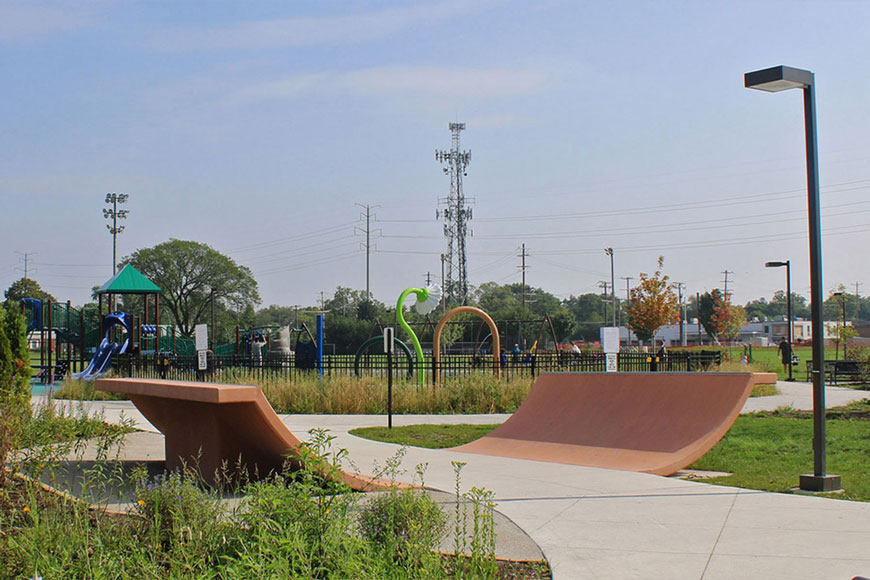
Skateboarding can be a controversial activity, which makes it difficult to please every stakeholder regarding where and when skateboarding should take place. LOVE Park was not able or not accepting to blend skateboarding into the vision of the park. However, as demonstrated by places like Paris and Malmo, this goal of blending skateboarders into urban landscapes is not impossible. In fact, it can be beneficial when done properly.








